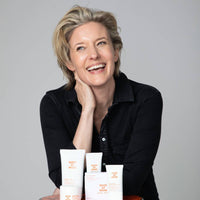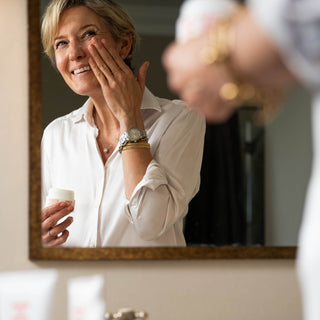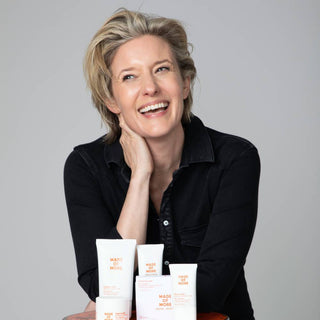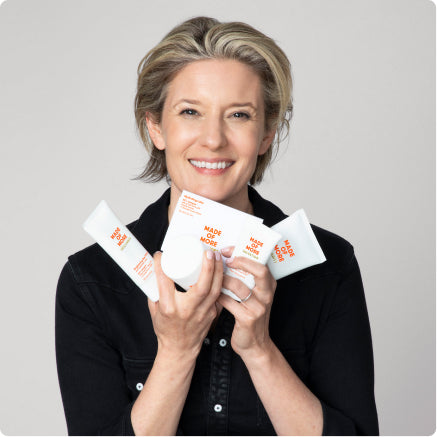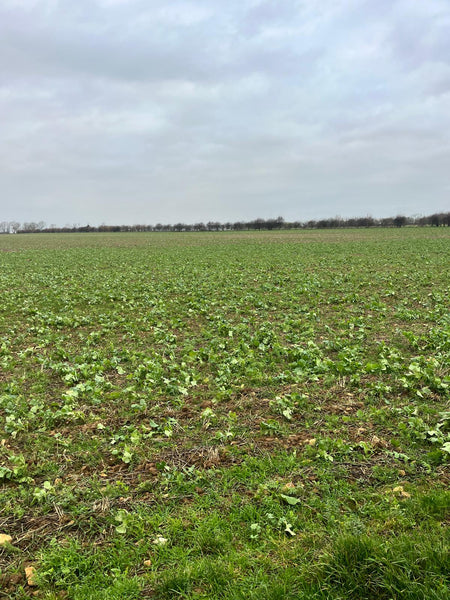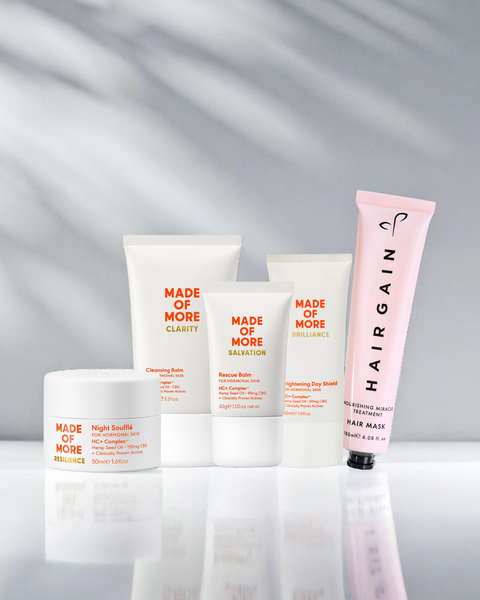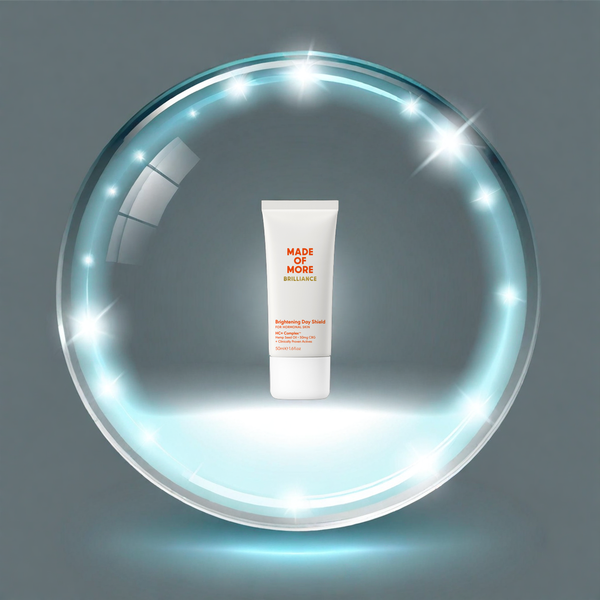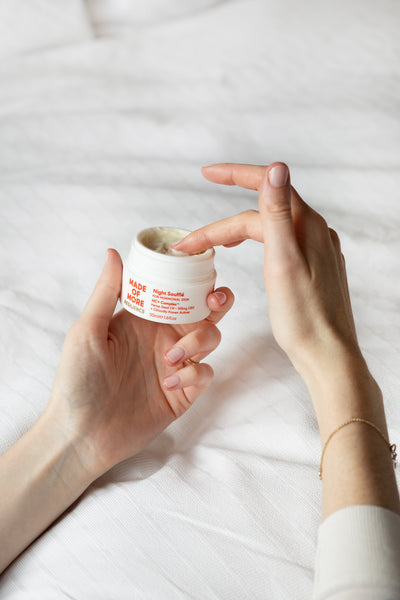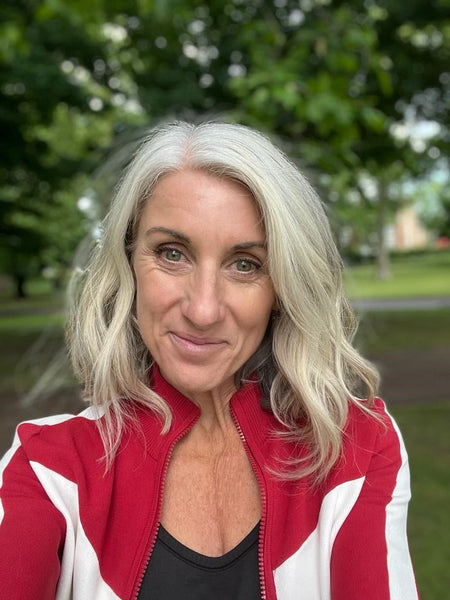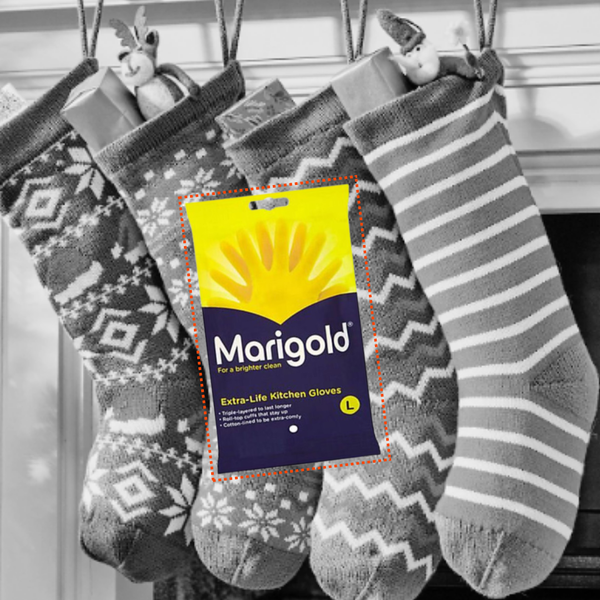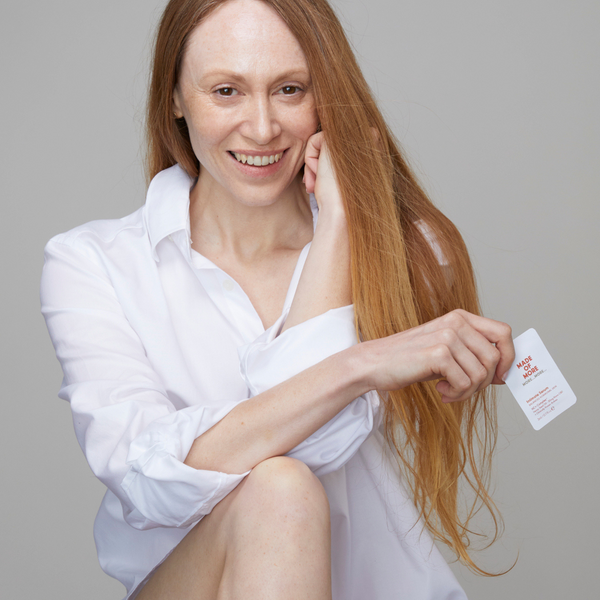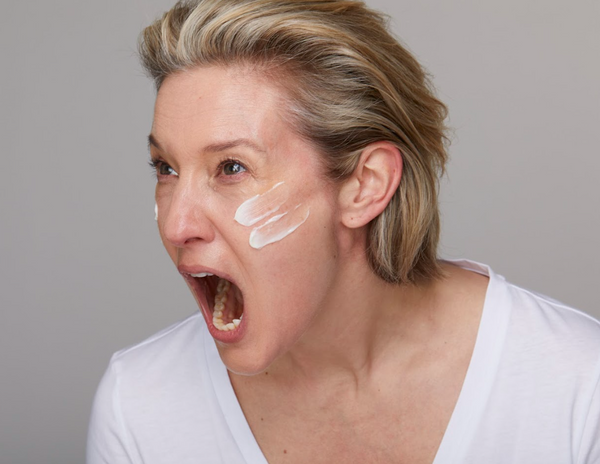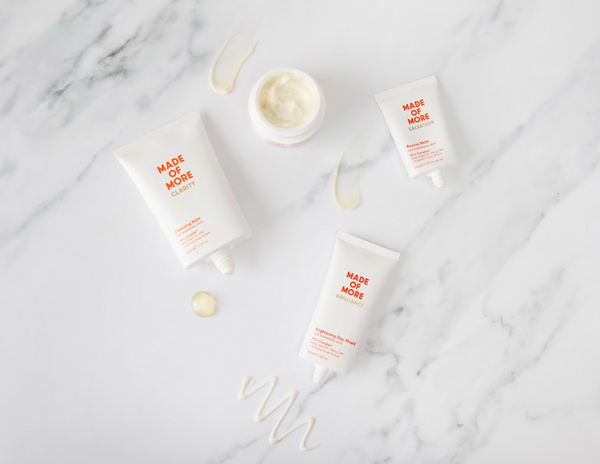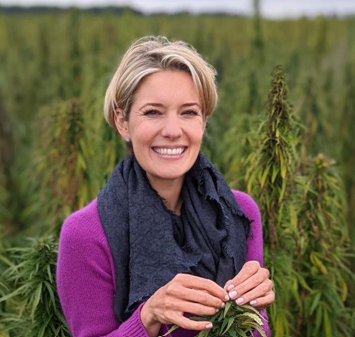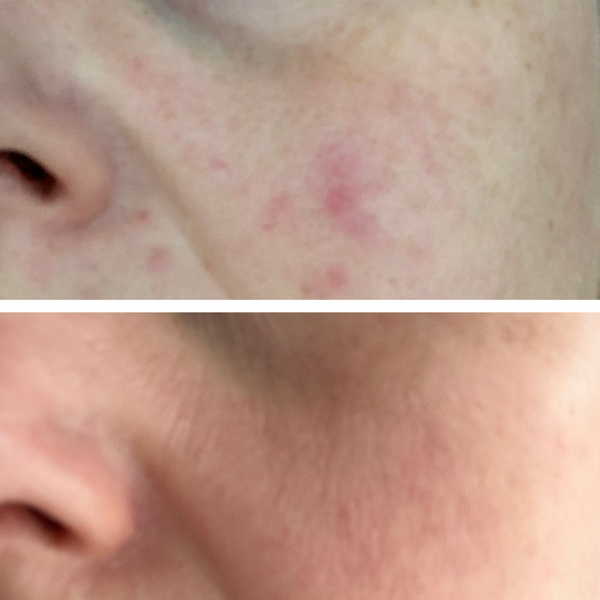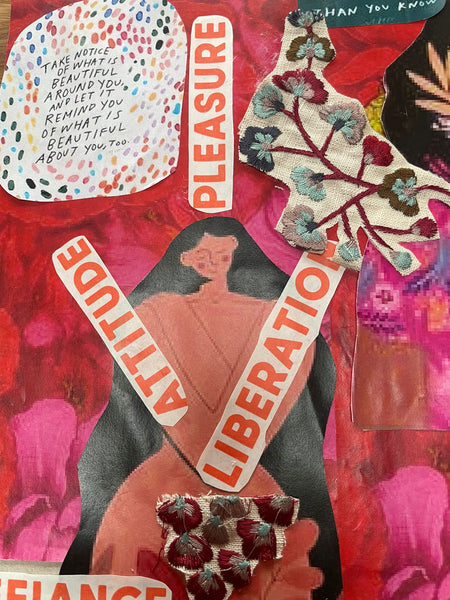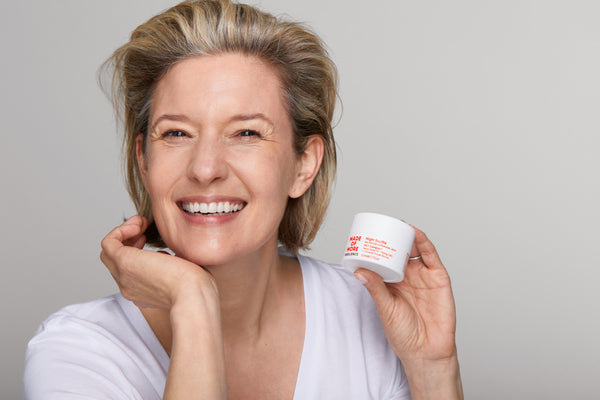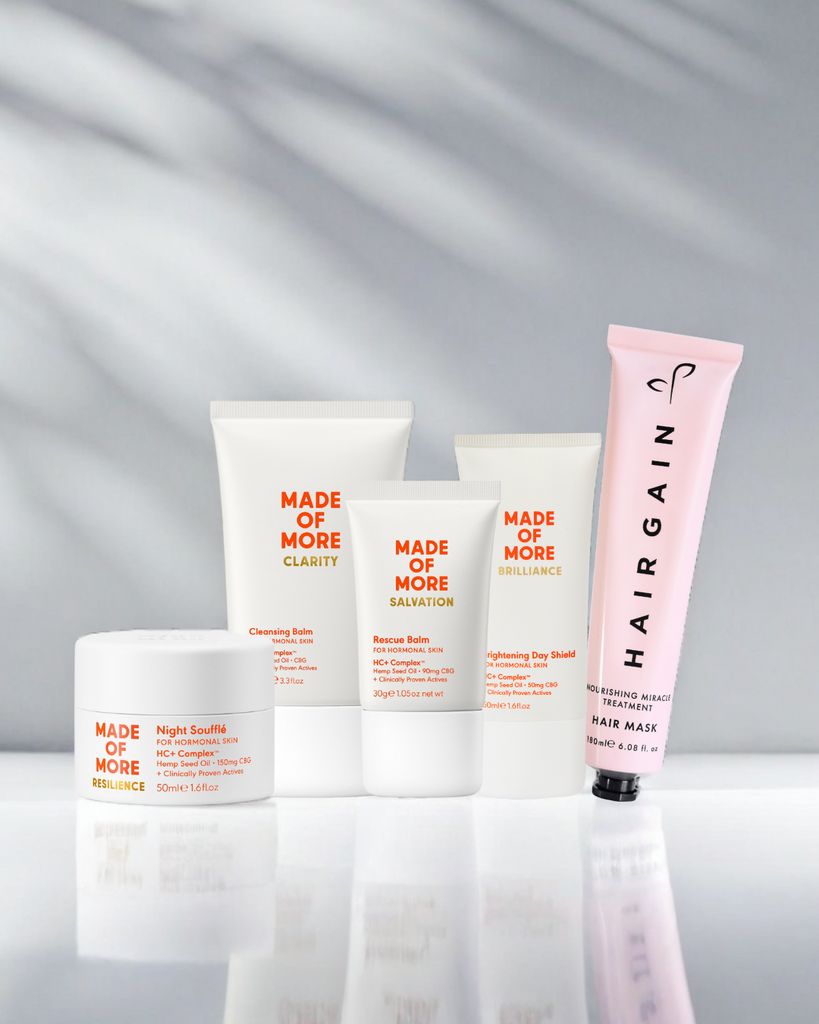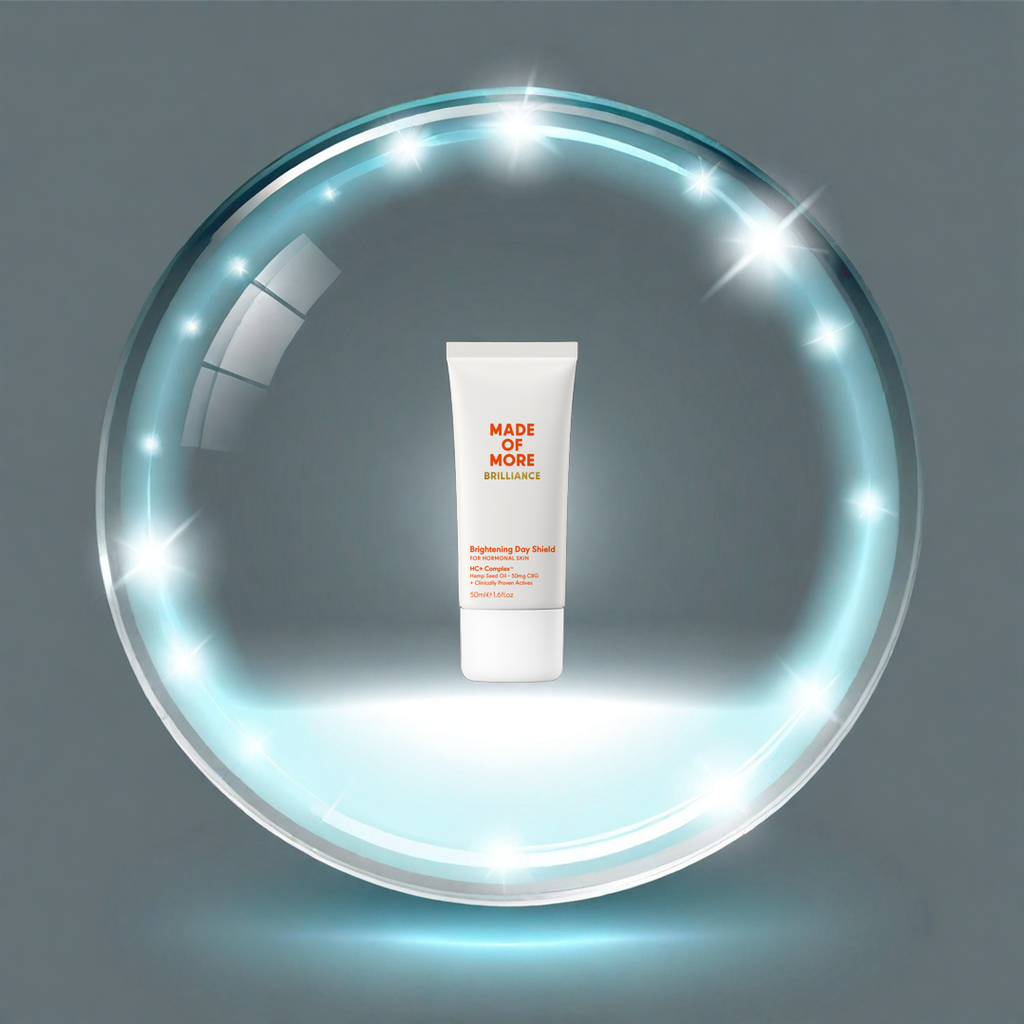Here we chat to Farmer Mike about what goes on and why it’s such an important season in the farming calendar.
After we harvest our crops in the late summer and early autumn, work begins immediately in preparing the soil for sowing next season’s crops.
Our policy is to always try and enhance the soil’s microbial activity with everything that we do.
This includes:
1) Minimum disturbance cultivations where we break up any compaction in the soil without causing too much disturbance and potential damage to soil microbes.
2) Controlled traffic farming where our tractors, using GPS technology, travel on the same tramlines in each field so that we reduce the risk of causing any compaction.
3) We quickly establish multi-species cover crops which help to recycle nutrients in the soil, and whose roots help to feed the soil microbes by releasing sugars as well as other minerals and proteins. Each cover crop species provides different “foods” for the soil microbes thereby helping them to flourish. This is very similar to human gut health where we are encouraged to eat a varied diet.
o A cover crop is a crop that is planted but is never intended to be harvested. It is
therefore planted exclusively to help feed the micro organisms in the soil in the period
between a crop being harvested in the summer and then a new crop being planted in
either the autumn or the following spring.
o The roots of the cover crop help to maintain good soil structure as they prevent soils
“slumping” in the winter due to excessive rainfall.
o Cover crops also help the soil hold on to carbon, which not only benefits the
atmosphere, but also helps to maintain good soil structure too.
o Immediately before we plant either the winter or spring sown crops, we kill off the
cover crop and the newly sown seeds take all the nutritional benefit from the
decomposing cover crops and also from the thriving soil microbes so that they get off
to the best possible start.
Taking all of this into account, we now consider it a “sin” from a farming perspective to leave bare soil over the winter months because we really appreciate the value of cover crops.
The cover crop used is broken down into:
4%, Phacelia, 10% Crimson Clover, 17% Oil Radish, 18% Linseed, 18% Buckwheat & 33% Vetch.
To see what else Farmer Mike gets up to on the fields do find over on Instagram
@farmer_mike_regenag.

